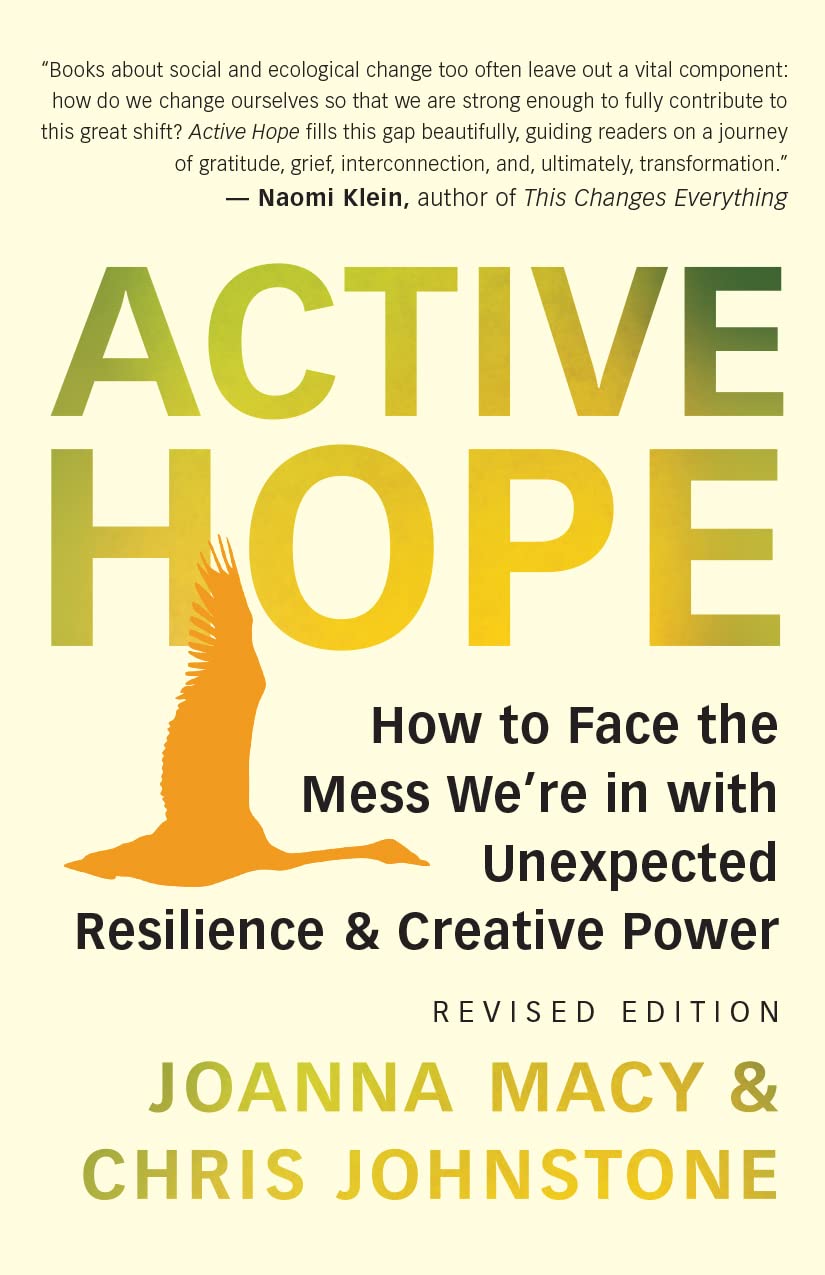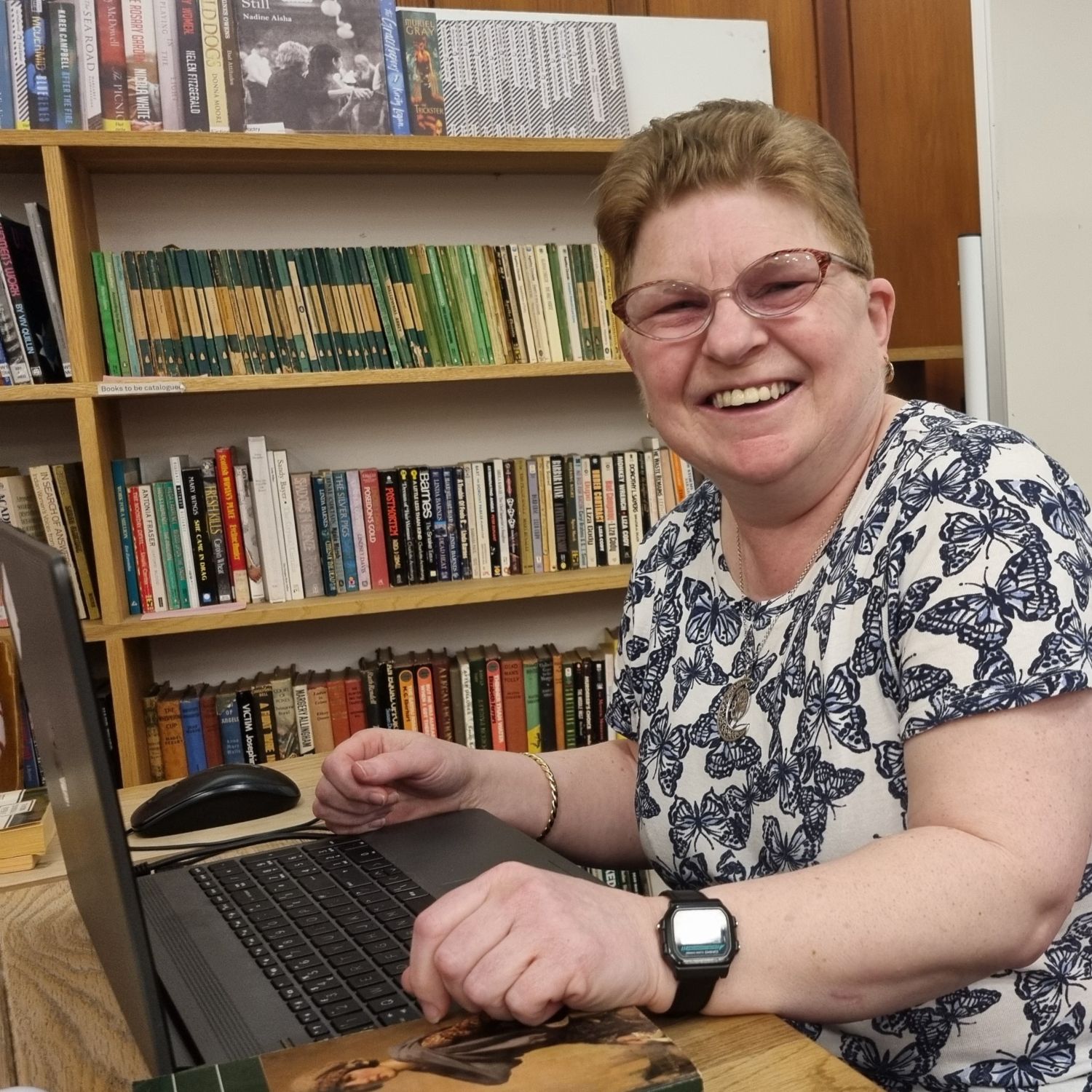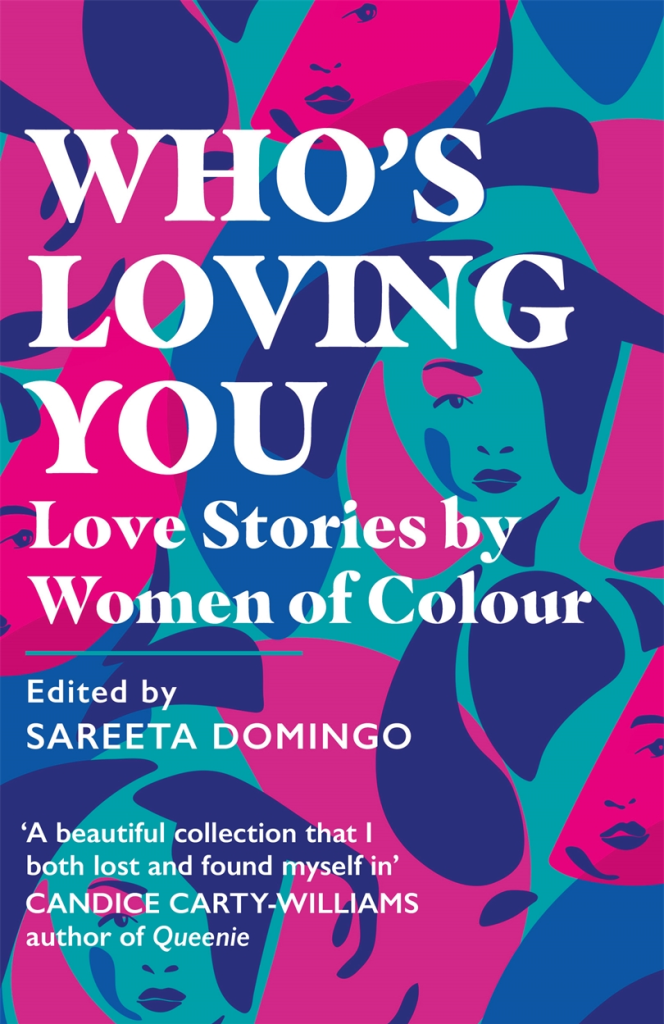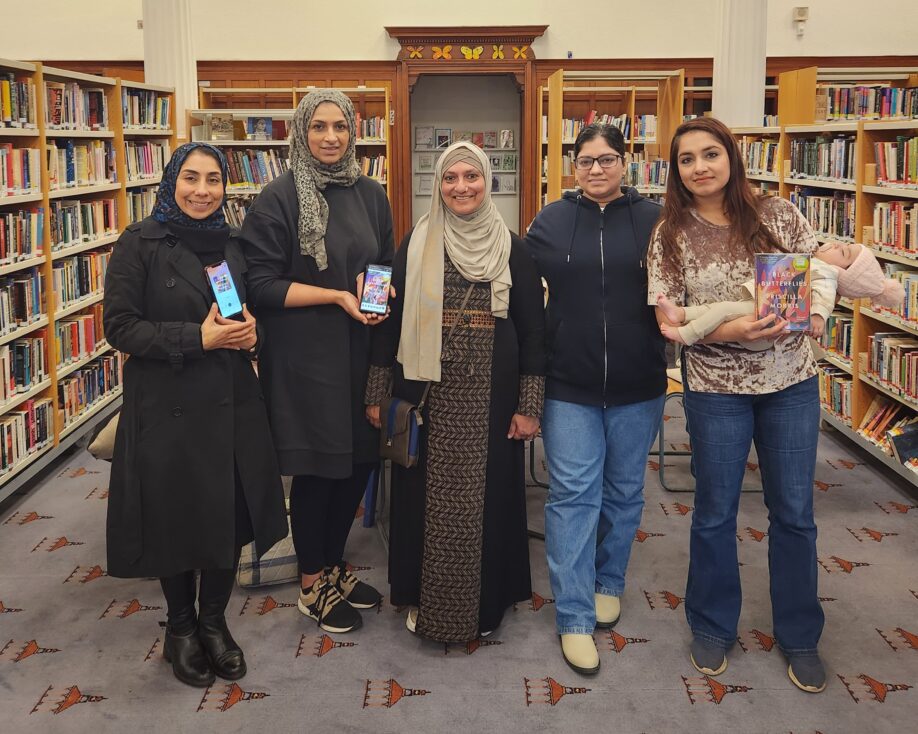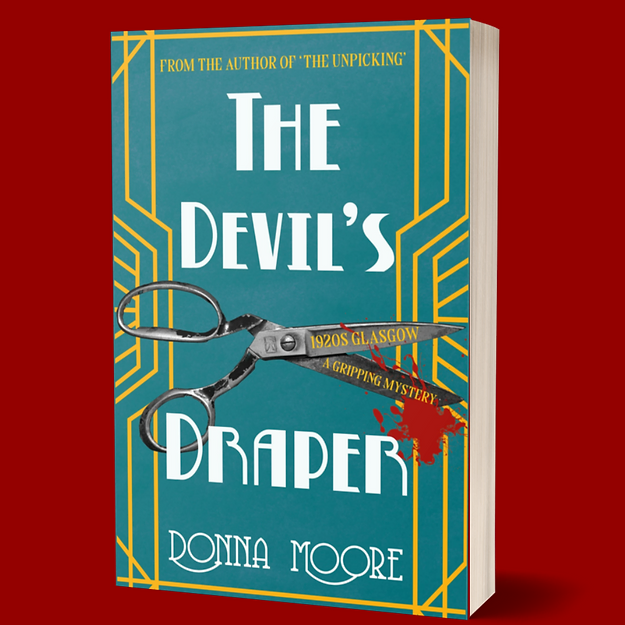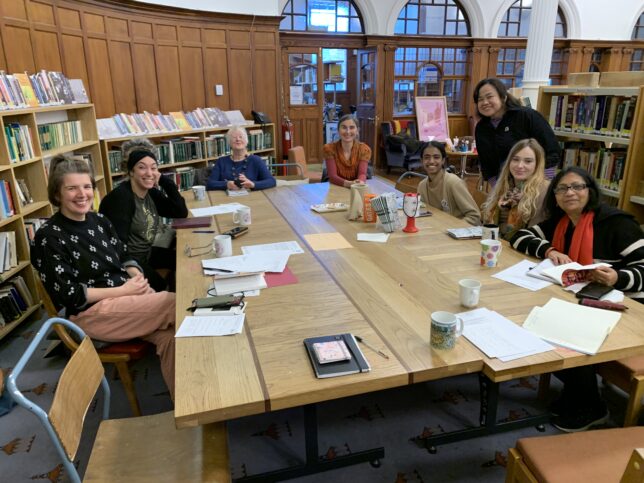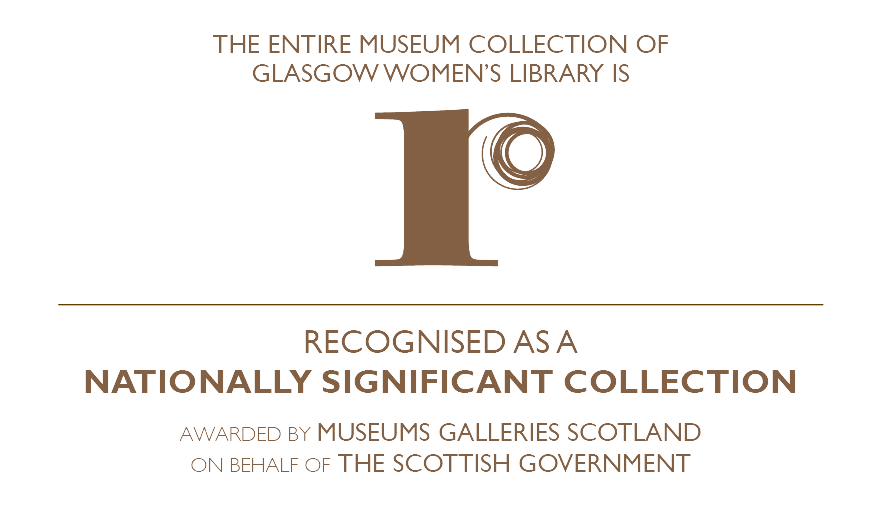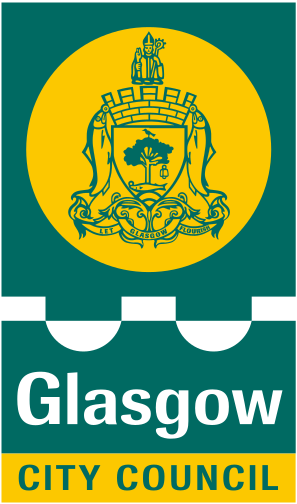Glasgow was host to the engage International Conference this year (18th to 20th November) which, through a series of workshops, talks and visits, explored how young people engage with art and artists, looking at practice in the UK and internationally.
Morgan and Una, young women volunteering with GWL, attended one day of the conference each and agreed to write a blog post each sharing the experience and prespectives. They have been involved in creating short films about some of the artists whose work is exhibited at the Gallery of Modern Art Ripples on the Pond exhibition, and so have first hand experience of some of the issues discussed.
In this post Morgan tells us more about the session on Thursday 19th November and shares some of her reflections.
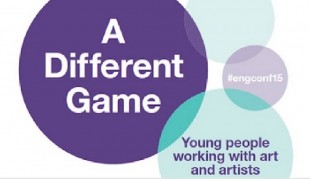 The conference was dominated by women at all levels of their careers; some I spoke to were gallery owners, others artists, many were freelancers and most were involved with the topic at hand – engaging young people in the visual arts.
The conference was dominated by women at all levels of their careers; some I spoke to were gallery owners, others artists, many were freelancers and most were involved with the topic at hand – engaging young people in the visual arts.
First up to speak were Barby Asante, Laurèl Hadleigh and Anni Movsisyan, who are part of the sorryyoufeeluncomfortable collective. And damn did they speak some truth. Part speech, part performance, the trio called for an end to marginalisation and colonisation in the arts, and challenged the whiteness in the room. No doubt there would have been some audience members shifting in their seats. Even in a supposedly liberal sector like visual art there is clearly still a need for people to speak up about issues within art institutions, and the conference was a great place to do so. It was exciting that the first speakers of the day were quite radical in their approach, as it set the standard for the others to follow.
The conference keynote from artist Darren O’Donnell detailed his approach for engaging with young people in a talk full of humour, wit and inspiration. The Mammalian Succession Model of Youth Labour Engagement (SMYLE) seemed in equal parts simple yet revolutionary: the main idea being that children should be a part of society on all levels, and that trust and respect are of the utmost importance. O’Donnell stressed that putting in long term commitment was key – he himself has been working with the same group of young people for around a decade on various different projects, and this permanence ensures their participation. He also brought up how challenging it can be for young people to get involved with projects in which they see nothing of themselves: be it age, class, gender, race, able-ness or ant number of other things. Art and places in which art happens (galleries, universities, museums, schools etc.) tend to appear homogenous to those outside of the cultural standard. His speech was a real call to action, and I knew that I was one of those privileged few for whom art and culture had always been readily available, and that I should make more of an effort to recognise this. I hadn’t quite expected the conference to challenge me in the way that it did, and I am so glad of it.
Another artist to share from his experiences was Brian Lobel, who talked in a frank and funny way about cancer and its connection (or rather lack of) to sexuality. Again, it seems ridiculous that something so ubiquitous in our society, sex, would be quite groundbreaking to discuss with people with cancer, and yet that’s what Lobel found when he approached the subject. It was refreshing to hear another positive story, and I have no doubt that those who experienced his cocktail party and spa day gained immeasurably from the experience. This notion of measuring the success of art was one that cropped up throughout the day, and the notion that the success of art should be measured in personal gain and involvement rather than in hard numbers makes much more sense for an industry that prides itself in breaking the status quo.
The rest of the afternoon was made up of a couple of panels debating various questions. The first, ‘Is the Gallery a School?’ appeared at first to be a cut and dry answer of ‘no’, but the more it was discussed it seemed like the two institutions were more similar than they at first appeared. When questions were opened to the floor after a discussion between those at your table, the panel was challenged as none of the panel members were currently in charge of galleries, and also none were representatives of schools either. The second panel were debating the importance of cross-disciplinary engagement, and this brought up the fact that the very people that the conference was discussing who to engage with, young people, were rather underrepresented in the panels and the conference as a whole. The panels were good for stimulating conversations between delegates, and it would have been good to have had more time for everyone’s thoughts to be aired.
The engage conference was, in my eyes, a huge success and immensely enjoyable. The speakers had obviously been as carefully curated as the best gallery, and gave concrete answers and intelligent ideas of how to best engage young people in the arts. And as a young person involved in the arts, I’m certainly not going to be passing up any more opportunities to get involved with everything I can from now on, and hopefully one day be a part of some of the amazing organisations that the delegates, speakers and organisers work for.

